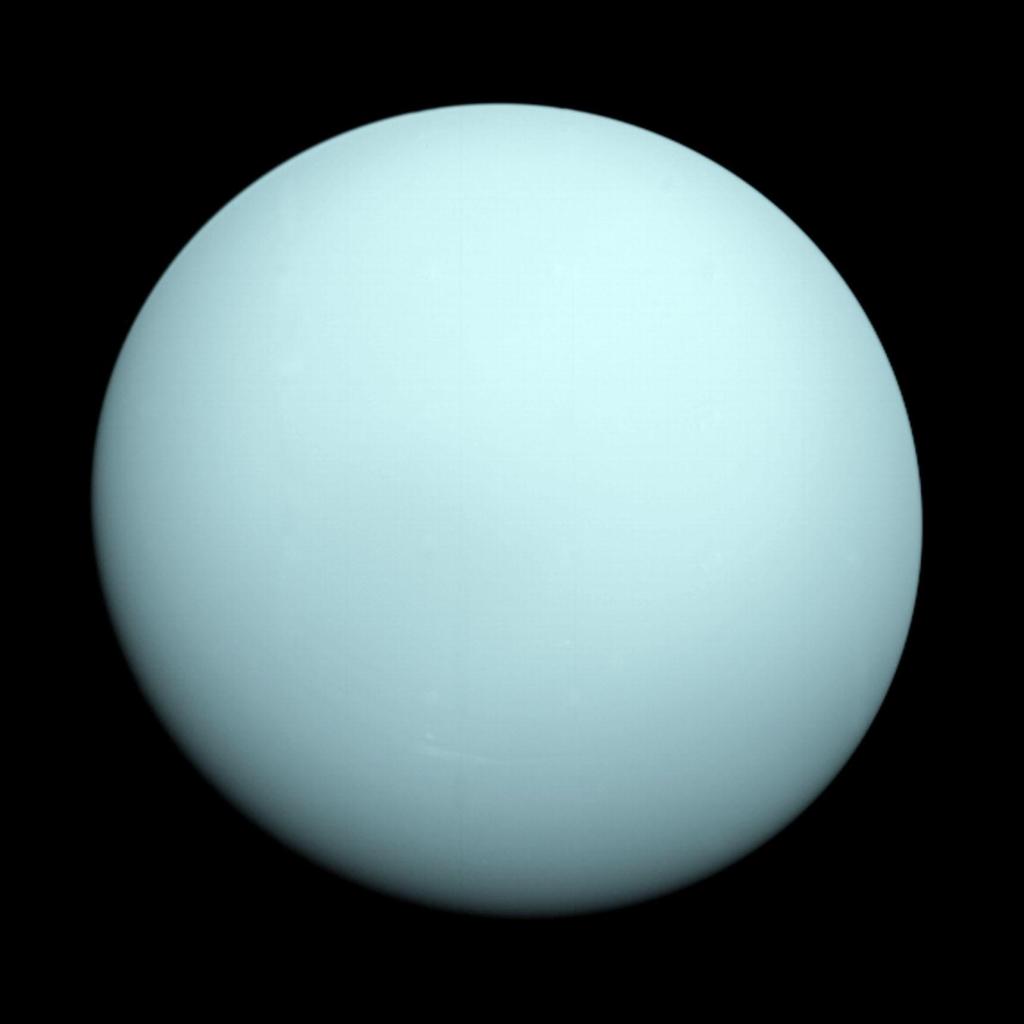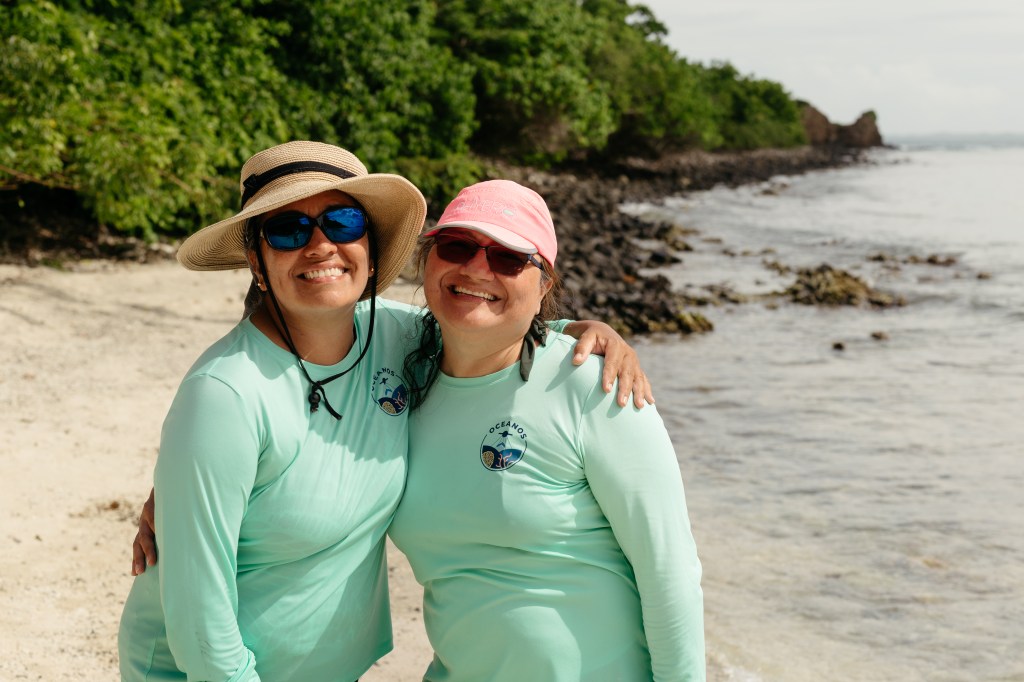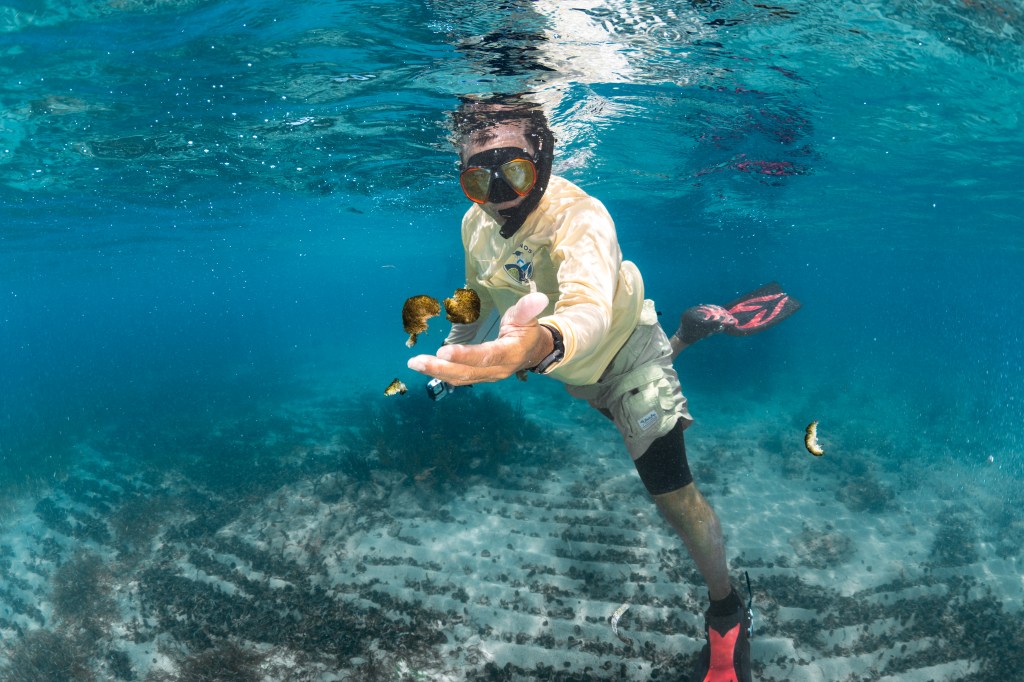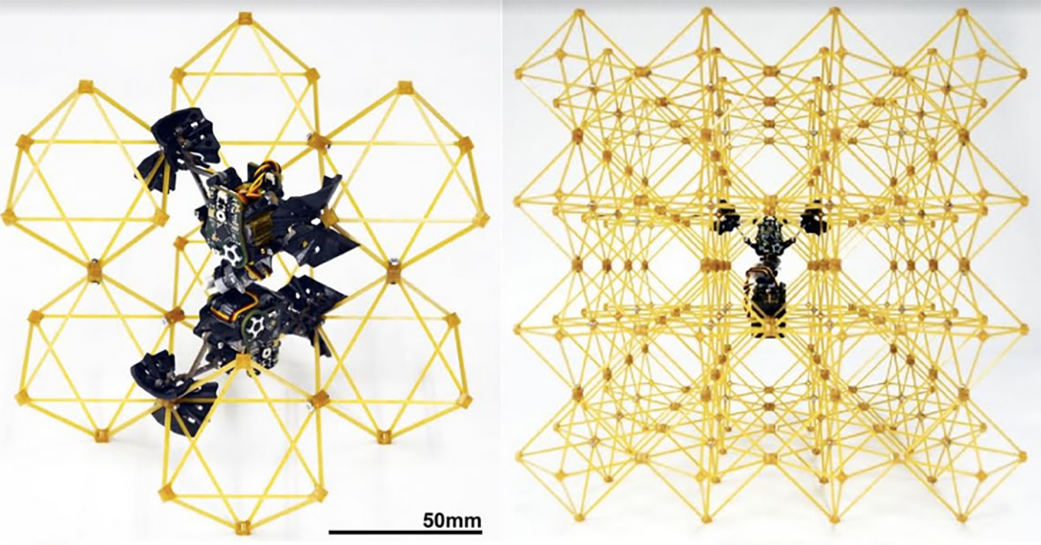Several payload proposals selected from NASA’s Research Announcement: Space Technology Research, Development, Demonstration, and Infusion (REDDI) 2016 solicitation flew as part of a Zero Gravity Corporation (ZERO-G) parabolic flight campaign during two weeks in March 2017.
Four university research teams leveraged their REDDI awards to fly promising technologies. In each case, the research teams had previously completed technology demonstration flights with the Flight Opportunities program, and they were able to use this round of parabolic flights to further advance their research, leveraging data and lessons learned from the initial flights.
Flying payloads on board ZERO-G’s G-FORCE ONE, a modified Boeing 727, the teams experienced 30 parabolas per flight, with short periods of microgravity at the top of each parabola. The flights enabled them to test the effects of a space-like environment on both the hardware and software components of their payloads.
The university payloads flown were:
- A Revolutionary Approach for Efficient Microgravity Transfer Line Chilldown (T0172-P) (University of Florida):
This special coating for the inside of a propellant transfer pipe promises to enable faster cooling and minimize cryogen loss—a key capability for long-duration space travel requiring the use of liquid oxygen and hydrogen cryogens as rocket propellant. The parabolic flight verified the integrity and viability of the system in extreme temperature changes and microgravity. - Measuring Propellant Levels in Low Gravity (T0160-P) (Carthage College):
The team’s Modal Propellant Gauging (MPG) project is a non-invasive, real-time, cost-effective method of measuring liquid propellant volume by analyzing sound waves produced by vibrations applied to propellant tanks. Flight tests have verified a vast improvement in the margin of error over current methods of gauging spacecraft propellant in low gravity—helping to address a challenge for NASA’s goal of sustained human presence in space. - Creating Reliable Models for the Effects of Gravity on Flow Boiling Heat Transfer (T0170-P) (University of Maryland):
This research team used the parabolic flights to test their heat transfer database and models for heat removal from two-phase thermal systems—an important component for future space missions that will require lighter, smaller, more powerful spacecraft. The team collected data to determine how wall heat flux, inlet subcooling, and flow rate are affected by varied gravity environments in preparation for a possible ISS flight experiment. - MOJO-Micro: Multi-Orthogonal Jaunting Robot in Microgravity (T0163-P) (Massachusetts Institute of Technology):
MIT’s robotic system is specifically designed to traverse and inspect a three-dimensional, reversibly assembled discrete lattice structure, the performance of which has been validated by parabolic flight tests. The robot offers simplification over current state-of-the-art structure-traversing robots, with a research aim of facilitating robotic-assisted structural health monitoring for both space-based and terrestrial applications.
For MIT’s MOJO-Micro team the flight experiments were an important step in the robot’s development, as well as for robotics research for space-based structures in general. After a round of challenging flight tests in November 2016, the March flights enabled the team to validate the refinements and system fixes they’ve implemented in recent months.
“These experiments mark the first successful operation of this robot in microgravity, and will be invaluable for the future design and testing of space robots,” said the lead researcher, NASA Space Technology Research Fellow Benjamin Jenett.
Like other researchers leveraging NASA’s Flight Opportunities program for flight testing, Jenett said the experience was a cost-effective way to validate their work.
“This is a very accessible way to test your technology in microgravity,” said Jenett. “You’re able to take what you’ve shown on paper should work for space applications and prove that it actually does work—and at a fairly low cost compared to something like an ISS mission.”
For ZERO-G, supporting university research teams through parabolic flights has also helped them expand the potential for promising technologies.
“What absolutely amazes me—what I love—is seeing that ‘Aha!’ moment that happens on almost every flight. And often it’s with the students involved,” said Michelle Peters, director of research and education, and supervisor of inflight for ZERO-G. “Seeing them discover the unexpected or experience microgravity and suddenly they can envision the future of their research—doors open that they didn’t even realize were there before.”
Through the Flight Opportunities program, the Space Technology Mission Directorate (STMD) selects promising technologies from industry, academia and government, and tests them on commercial launch vehicles. The program is managed at NASA’s Armstrong Flight Research Center in Edwards, California. STMD is responsible for developing the crosscutting, pioneering new technologies and capabilities needed by the agency to achieve its current and future missions.
For more information about the Flight Opportunities program, visit: https://www.nasa.gov/directorates/spacetech/flightopportunities/index.html



























